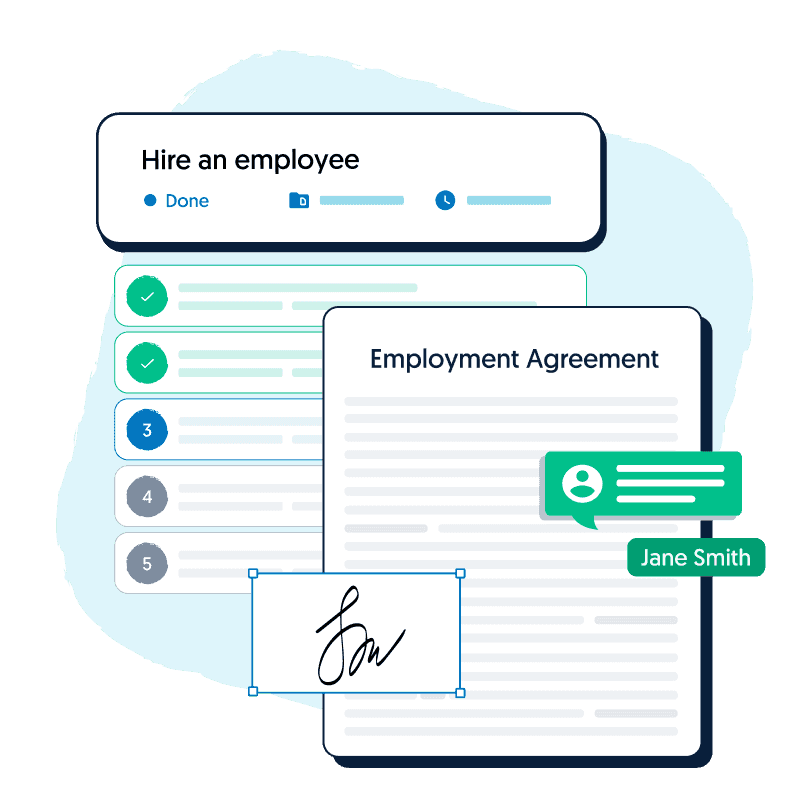Sydney-based lawyer at Nyman Gibson Miralis. Formerly Legal Intern at Lawpath.
💡 Key insights
- The JobKeeper payment scheme was a wage subsidy designed to keep employees connected to their employers during the COVID-19 downturn while the JobSeeker payment is an income support benefit paid directly to individuals who are unemployed or underemployed.
- JobKeeper aimed to support businesses by subsidising wages so employers could retain staff through periods of reduced revenue, whereas JobSeeker provides financial assistance based on individual eligibility, income tests and mutual obligation requirements.
- Eligibility criteria differ because JobKeeper focused on an employer’s decline in turnover and the employer-employee relationship, while JobSeeker assesses the individual’s employment status, income and assets.
- The two schemes served different purposes with JobKeeper stabilising payrolls for businesses and preserving employer-employee links, and JobSeeker providing ongoing income support for job seekers and those with limited work hours.
In response to the COVID-19 crisis the Government has introduced the JobKeeper and JobSeeker payment schemes. These schemes aim to help businesses and individuals deal with the economic fallout caused by the current pandemic. Whether you’re a business owner or an individual seeking employment, knowing the different rules for these schemes is critical.
JobKeeper
If your business has been affected by COVID-19, you may be eligible to access the JobKeeper payment scheme. This is designed to make sure you can continue to pay your employees as normal even if your workload has decreased. The fortnightly JobKeeper wage subsidy is $1,500 per eligible employee from 30 March 2020. The first payments will be issued in the first week of May.
Eligible employees
You will only be able to claim the JobKeeper payment for employees that were in your employment as at 1 March 2020, and continue to be employed while you are claiming the JobKeeper payment. Also employees need to be:
- Currently employed by the eligible employer (including those stood down or re hired)
- Full-time or part-time employee, or a casual employed on a regular and systematic basis for longer than 12 months as at 1 March 2020
- A permanent employee of the employer
- In regards to a casual employee, they cannot be a permanent employee of any other employer
- Must be 16 years or older at 1 March 2020
- Your employee cannot receive the JobKeeper payment from another employer
- Must be an Australian resident
- Must be a citizen, visa holder or a special category (Subclass 444) Visa holder
Keep in mind, you must advise all employees that you intend to nominate them for the JobKeeper payment. If you nominate them, you must pass on the full $1500 fortnightly payment, even if they do not ordinarily work hours that amount to this. You cannot request that an employee who ordinarily works less hours to work more hours equivalent to $1500. If you wish to participate in the scheme, you can register your interest on the ATO website.

Are you looking to hire an employee?
Use our "Hire an employee" workflow to complete and check off all your legal requirements
Is my business eligible?
The government and the ATO ensures businesses are eligible for the JobKeeper payment if:
- Your business has an aggregated turnover of less than $1 billion and estimate their GST turnover has fallen or will likely fall by 30 per cent or more
- Your business has an aggregated turnover of more than $1 billion and estimate their GST turnover has fallen or will likely fall by 50 per cent or more
When you are self-assessing your turnover, it is important to establish a there has been a 30% or 50% decrease in a single month or quarter. Whether your turnover is measured monthly or quarterly depends on how often you submit your Business Activity Statement (BAS). The ATO looks at your BAS in order to calculate whether you are eligible for this subsidy. Your BAS from last quarter or last month will therefore measure your eligibility.
Example
If your BAS for the 2nd Last quarter (October, November, December 2019) totals $100,000, your BAS for the most recent quarter (January, February, March 2020) must be below $70,000 to be eligible.
All business are different and have a unique set of issues. Thus, talking to a business lawyer is a great way to ensure you are eligible for this payment. You can clear up any questions and queries you may have and get some guidance before filling out your application.
JobSeeker
The JobSeeker payment is financial help for anyone aged between 22 and the pension age, who is looking for work. Formerly known as Newstart, this payment was increased by $550 per fortnight by the Government to assist Australians who have become unemployed due to the COVID-19 crisis.
You will entitled to the JobSeeker payment if you are a:
- Casual employee who meets the income test
- Contract employee who meets the income test
- Sole trader who meet the income test
- Self -employed person who meets the income test
You can also apply for the JobSeeker payment if your hours at work have been reduced or your contract has been terminated. However, checking with your employer to see if you are eligible for the JobSeeker scheme is important. Keep in mind you can apply for both, however you will need to report your JobKeeper income to Services Australia to calculate your JobSeeker payments.
Conclusion
The JobKeeper payment is wage subsidy to help employees keep employees on the books. By contrast, JobSeeker is income for underemployed or unemployed Australians. JobSeeker is means tested, whilst JobKeeper eligibility depends on the employer’s turnover.

Get a fixed-fee quote from Australia's largest lawyer marketplace.






